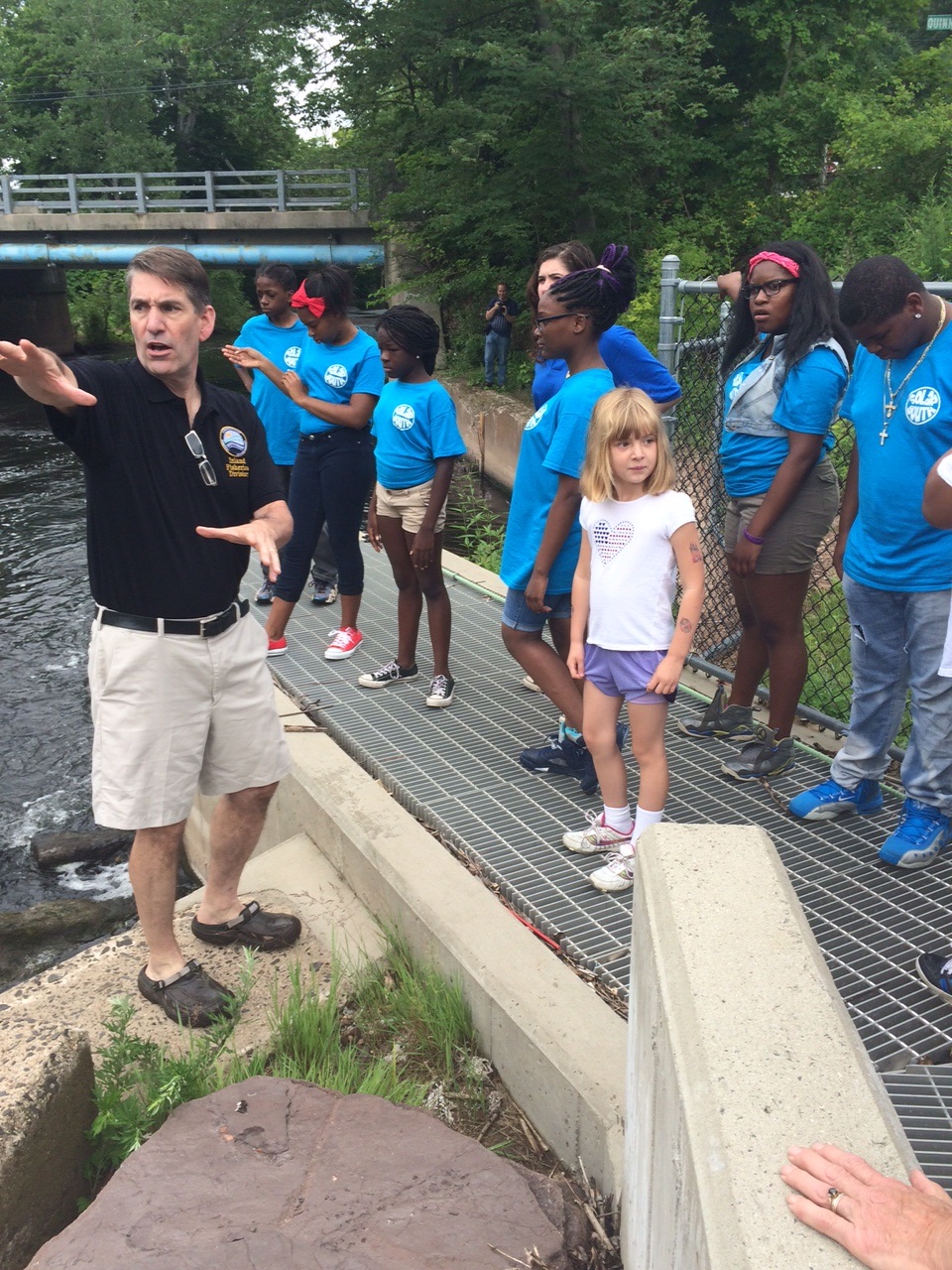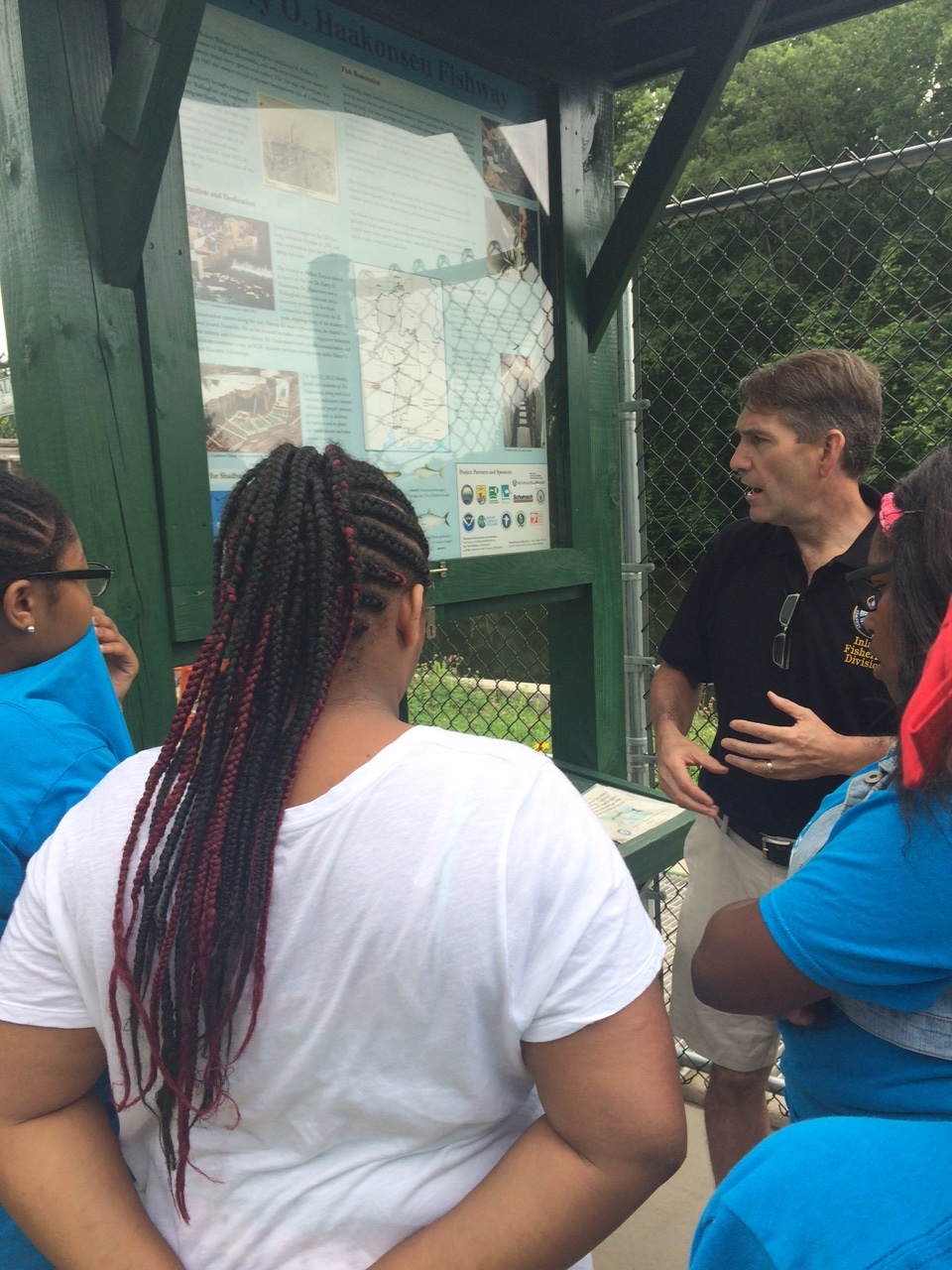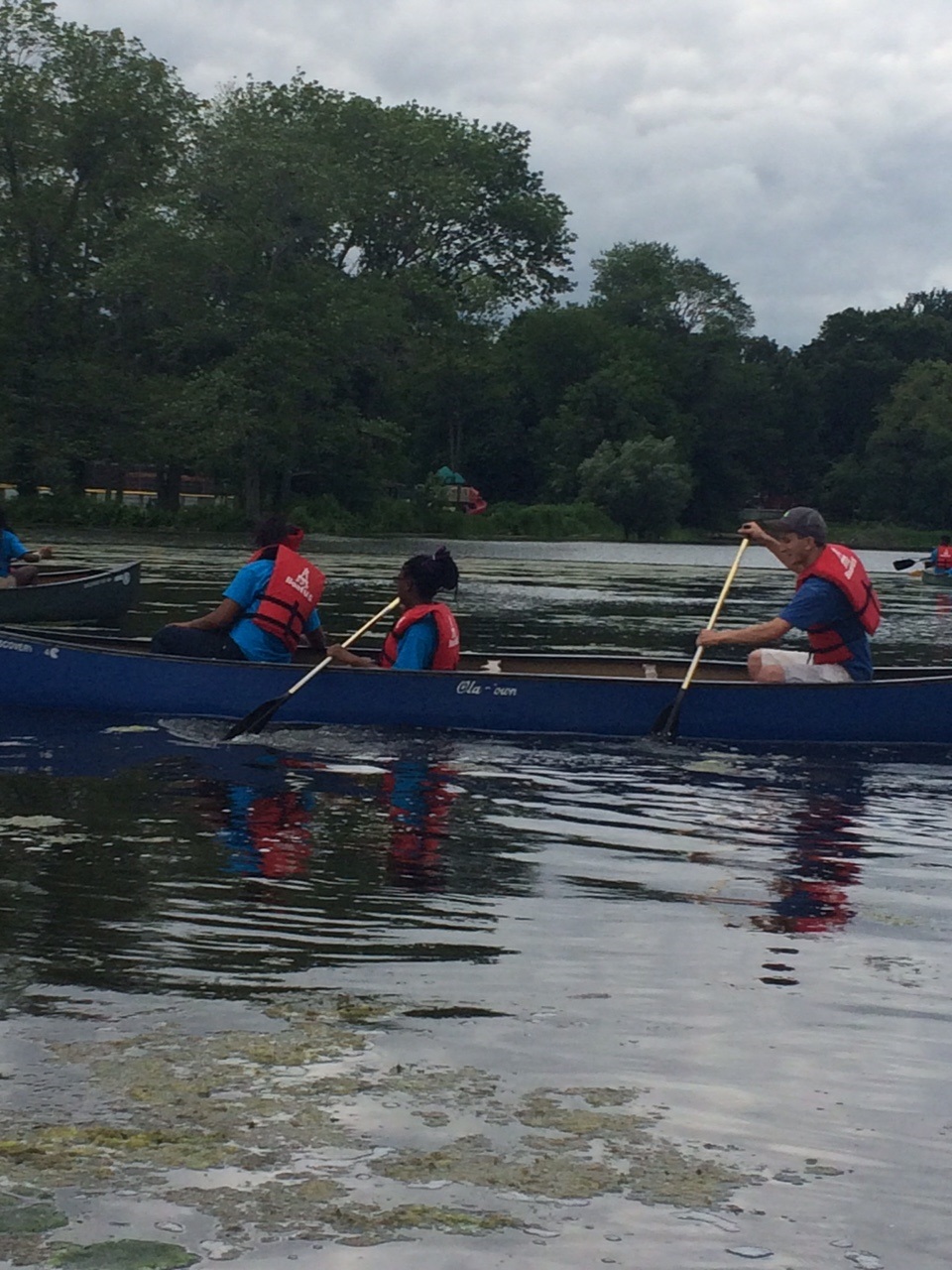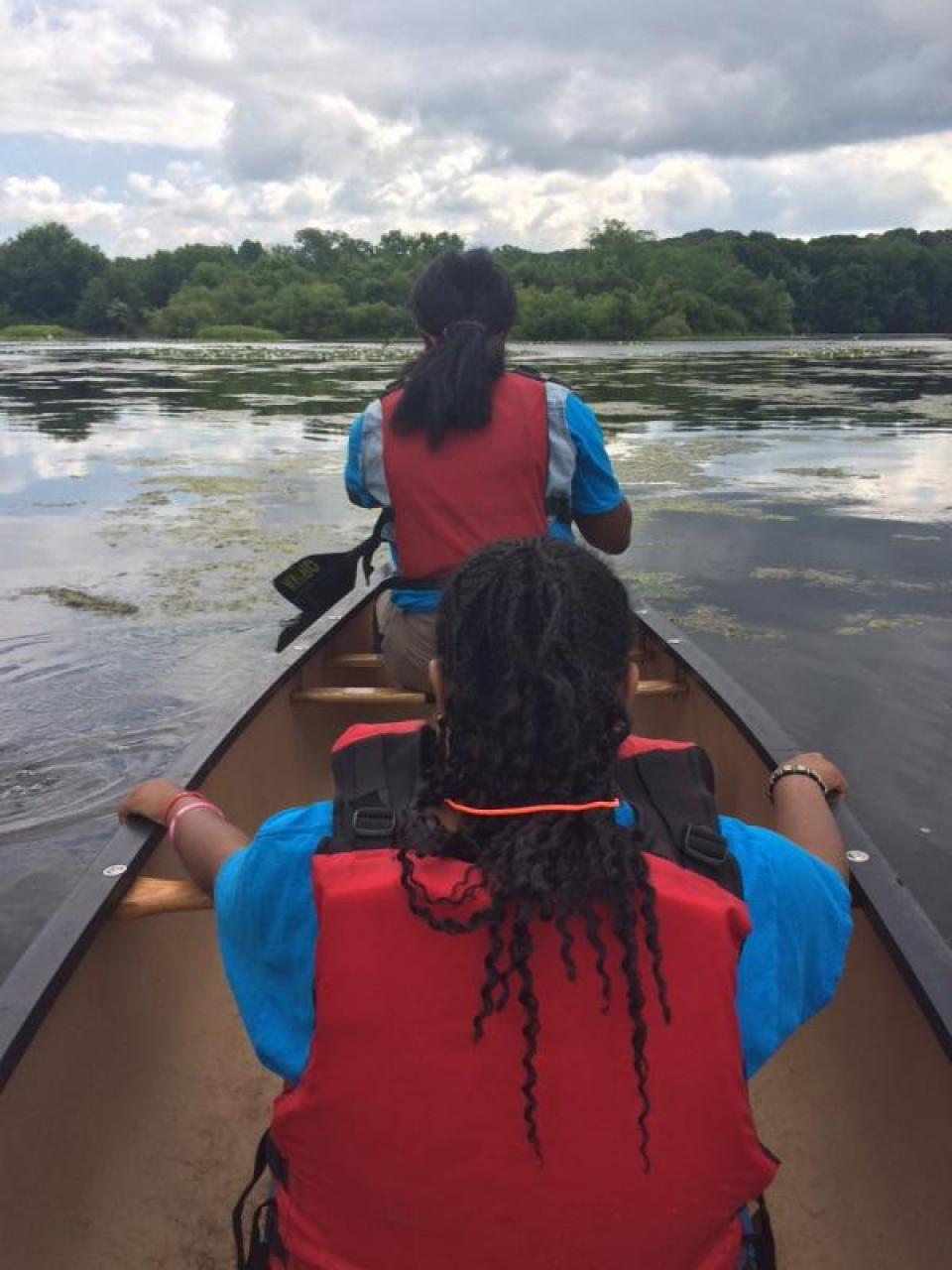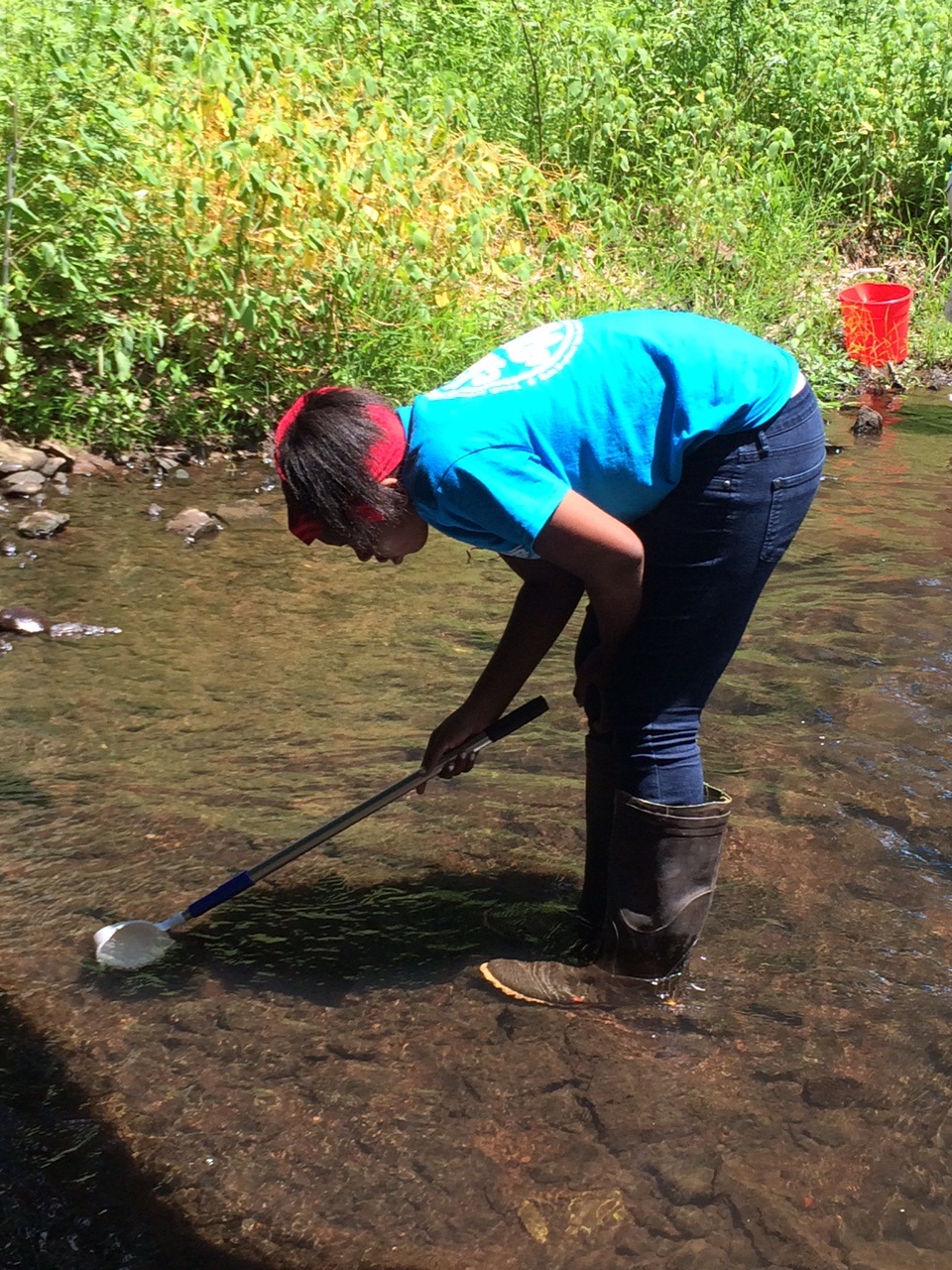New Haven, CT (March 28, 2016) – The Community Foundation for Greater New Haven is pleased to announce that $117,700 in grants has been awarded from the Quinnipiac River Fund to support 8 programs that study and restore the river and surrounding ecosystem, provide education and improve recreational access.
The River flows 40 miles from west of New Britain southward to Plainville, Southington, west of Meriden, Cheshire, through Wallingford, Yalesville, North Haven and into New Haven Harbor.
“The Quinnipiac River historically had many industries on its banks that discharged their waste, metals and chemicals into it, so it is now taking much effort to get the river clean once again,” said Nancy Alderman, chair of the Quinnipiac River Fund’s advisory committee. “The grants for this year will once again contribute to the ongoing work of restoring the river’s health.”
Grants and distributions from the Quinnipiac River Fund are recommended each Spring by the advisory committee consisting of Alderman, President of Environment and Human Health, Inc., Gordon Geballe, Associate Dean of the Yale School of Forestry and Environmental Studies, and Roman Zajac, Professor, Department Chair of the University of New Haven’s Department of Biology & Environmental Science. Committee recommendations are brought to The Community Foundation’s Board of Directors for approval. Since being established in 1990, the Fund has distributed $2 million in grants.
| 2016 Quinnipiac River Fund Grants |
| Organization |
Description |
Total Amount Awarded |
| New Haven Land Trust Inc. |
to support educational programming, improving trail and sign infrastructure, and organizing volunteer events at Quinnipiac Meadows/Eugene B. Fargeorge Nature Preserve and Long Wharf Nature Preserve as well as land acquisition work at Quinnipiac Meadows Nature Preserve. |
$15,000 |
|
| Quinnipiac River Linear Trail Advisory Committee |
to support the purchase of additional benches along Phase III of the trail which will add 1.25 miles to Fireworks Island as well as graphic art designs for the informational sign to showcase history, natural history, and location information. |
$5,000 |
|
| Quinnipiac University |
to support the study of plasticizers and other chemical pollutants from industrial point sources in Wallingford and North Haven with an emphasis on the pollutant’s impact to indigenous fish populations in the Quinnipiac River. |
$24,000 |
| River Advocates of Greater New Haven |
to support Lunch and Learn sessions for municipal department of public works crews in the lower Quinnipiac watershed for best practices in stormwater pollution prevention; enforcement of public access at an abandoned, neglected Quinnipiac River site at Lowe’s on Route 80 in New Haven; education of phosphorus control; and monitoring of pollution and diversion permits. |
$20,000 |
|
| University of New Haven |
to support the study of several sites along the Quinnipiac River to determine whether endocrine disruptors are present and then trace their source. |
$11,500 |
|
| University of New Haven |
to support the study of benthic algae to detect seasonal variation in species composition, as well as testing copper content in situ algal samples and conducting mesocosm copper uptake experiments to test the bioremediation potential of various algal species. |
$12,000 |
|
| Yale University |
to support the study of sediment accretion and elevation change in the Quinnipiac marshes, and for a wildlife-exclusion experiment to test the hypothesis that herbivory is preventing vegetation from recolonizing mudflat areas. |
$13,500 |
|
| Yale University |
to support the study of the risk of runoff from artificial turf fields into the Quinnipiac River’s watershed.
|
$16,700 |
|
|
|
The Quinnipiac River Fund is a component fund of The Community Foundation for Greater New Haven. It was established in 1990 by a court settlement of litigation between the Connecticut Fund for the Environment, the Natural Resource Defense Council and the Upjohn Company concerning wastewater discharges from Upjohn’s plant in North Haven. The settling parties agreed that distributions from the Fund were to be used “to improve the environmental quality of the Quinnipiac River and the New Haven Harbor and the watersheds of these water bodies, and otherwise to benefit the environment of these resources.”
Thanks to the generosity of three generations of donors, The Community Foundation for Greater New Haven awarded over $30 million in grants and distributions in 2015 from charitable assets of more than $500 million and composed of hundreds of individually named funds. In addition to its grantmaking, The Community Foundation helps build a stronger community by taking measures to improve student achievement, create healthy families in New Haven, promote local philanthropy through www.giveGreater.org® and The Great Give®, and encourage better understanding of the region. The Community Foundation for Greater New Haven’s 20 town service area includes: Ansonia, Bethany, Branford, Cheshire, Derby, East Haven, Guilford, Hamden, Madison, Milford, New Haven, North Branford, North Haven, Orange, Oxford, Seymour, Shelton, Wallingford, West Haven and Woodbridge. For more information, visit www.cfgnh.org or follow The Foundation on Facebook (www.facebook.org/cfgnh) and Twitter (www.twitter.com/cfgnh).

